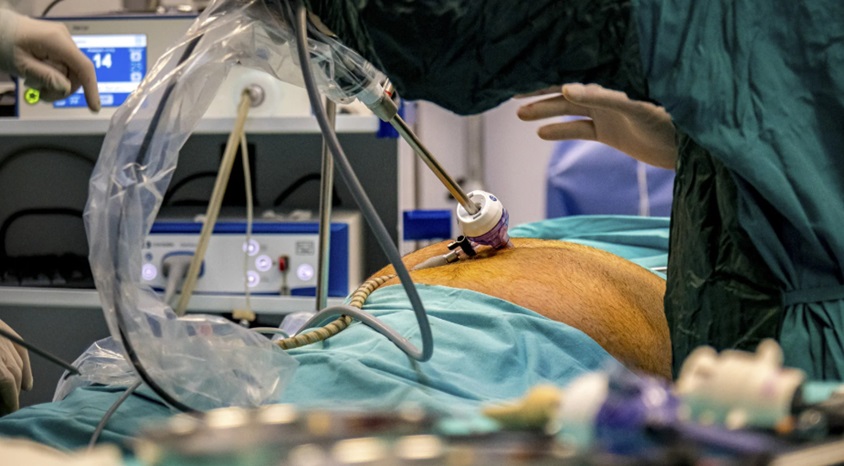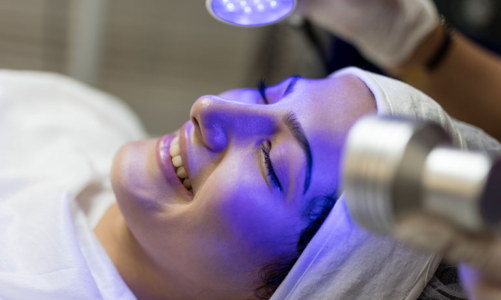Weight loss surgery has come a long way, providing effective and less invasive options for those struggling to manage obesity. Among these solutions, weight loss surgery in Mexico has become a popular choice, thanks to its combination of affordability and advanced medical care. With ongoing advancements in minimally invasive techniques, patients now have access to safer and more effective procedures that significantly improve recovery outcomes. Here’s a closer look at the latest innovations in this field.
Enhanced Laparoscopic Procedures
Laparoscopic surgery, also known as keyhole surgery, has revolutionized weight loss procedures over the past decades. This method uses small incisions and specialized instruments, along with a camera, to perform surgeries like gastric bypass or sleeve gastrectomy. Unlike traditional open surgery, laparoscopic techniques significantly minimize trauma to the surrounding tissues.
Modern refinements in laparoscopic surgery allow for even greater accuracy and quicker recovery for patients. The benefits include less pain, shorter hospital stays, and minimal scarring after surgery. According to a simple guide to weight loss surgery, these minimally invasive techniques also reduce the likelihood of surgical complications, helping patients achieve sustainable long-term results.
Robotic-Assisted Bariatric Surgery
Improvements in robotic technology have brought a new level of precision to bariatric surgery. With robotic-assisted procedures, surgeons operate using robotic arms that mirror their movements but with enhanced control and accuracy. This makes robotic-assisted surgeries particularly beneficial for complex cases.
Patients undergoing robotic-assisted weight loss surgery often experience smaller incisions, reduced risk of infection, and quicker healing compared to traditional surgery. Many countries, including Mexico, are at the forefront of offering this cutting-edge technology. The growing appeal of robotic-assisted methods lies in their ability to deliver superior results with minimal discomfort during the recovery process.
Innovations in Endoscopic Weight Loss Treatments
Endoscopic procedures represent a leap forward by eliminating the need for any surgical incisions. By accessing the stomach through the mouth using a flexible tube with a camera, surgeons can achieve significant outcomes without invasive methods. Procedures such as gastric balloon placements and endoscopic sleeve gastroplasty are highly effective for patients hesitant to undergo traditional surgery.
For example, the gastric balloon temporarily reduces stomach capacity, helping patients with portion control and calorie intake. Similarly, endoscopic sleeve gastroplasty reshapes the stomach internally, limiting its size without cutting through tissue. These procedures have made bariatric interventions more appealing for individuals seeking effective but less invasive alternatives.
Safer Recovery Through Advanced Post-Operative Care
One of the biggest advantages of minimally invasive weight loss surgery is the faster, safer recovery it offers. Smaller incisions result in fewer complications, such as infections or hernias, and patients can resume their daily activities much sooner. On average, recovery times are significantly shortened, enabling individuals to focus on maintaining their weight loss goals.
Backing this, studies on the effectiveness of weight loss surgery highlight how minimally invasive procedures deliver results comparable to or better than traditional approaches. With improved surgical techniques and better post-surgical care protocols, patients achieve lasting success with fewer interruptions to their lives.
Conclusion
The advancements in minimally invasive techniques for weight loss surgery have forever changed how obesity is treated. From enhanced laparoscopic procedures to robotic-assisted surgeries and incision-free endoscopic methods, these innovations provide safer, more precise, and highly effective solutions for individuals striving for better health. With the future of bariatric surgery leaning heavily on these minimally invasive advancements, patients can look forward to better outcomes, faster recovery, and healthier lives.



